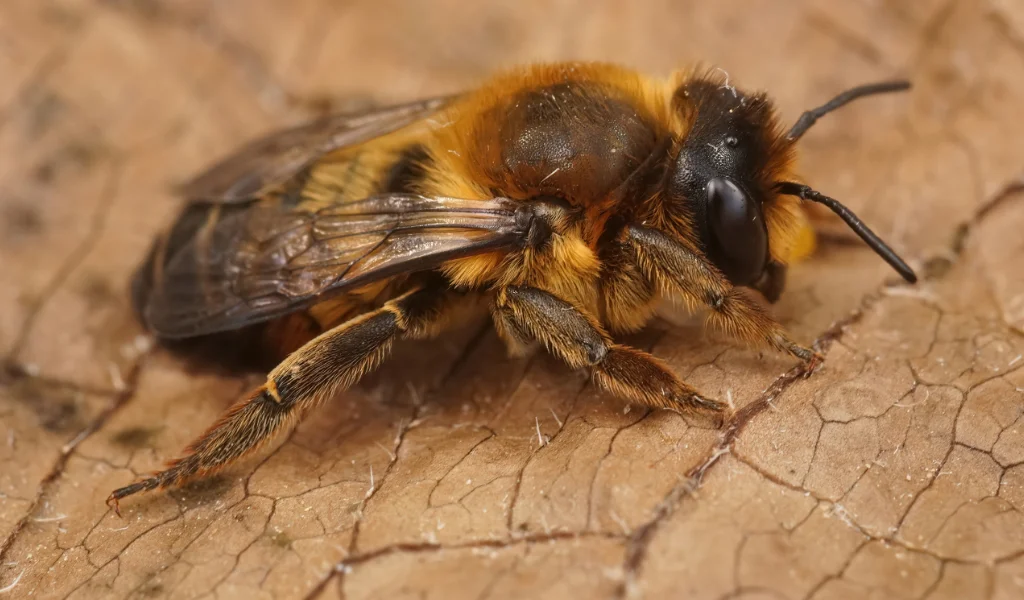How to Avoid Bee Accidents During Mountain Activities
Although many people who engage in mountain activities have heard stories of bee-related accidents, serious encounters with bees in the mountains are not very common — but they are certainly a real possibility, and the consequences can be severe. So, what’s the best way to avoid accidents and complications?
There are various species of bees in Brazil, and many of them are known as Africanized bees — a cross between European species already present in the country and bees brought from Africa, which are highly aggressive. Since many of the bee species in Brazil today are aggressive, the ideal is to adopt behavior that doesn’t provoke them, minimizing the risk of being stung or attacked.

Photo: Wirestock – Freepik
Simple actions like the ones listed below can help prevent a casual encounter from turning tragic:
- Avoid using highly aromatic perfumes and deodorants;
- Choose light-colored clothing over dark or brightly colored clothing;
- Avoid making loud noises near hives — the sound can make the bees more agitated;
- If you’re near bees or a hive, calmly move away and avoid sudden movements;
- If a bee approaches you, do not kill it; when a bee dies, it releases pheromones — chemical signals to other bees that you are a threat to the hive and should be attacked. The same happens when a bee stings you. So stay calm and move away without swatting at the bee.
If an attack happens despite your precautions, you should:
- Run! Run and get as far away from the hive as possible; bees can follow you for hundreds of meters but will eventually return to protect the hive;
- Protect your body, especially your head;
- After an attack, carefully remove the stingers using a blade or plastic card (do not use tweezers) to avoid squeezing the venom sacs;
- Cold compresses help relieve local symptoms.
After the incident, consider evacuating and seeking medical attention. The person affected may experience a serious allergic reaction with dizziness, nausea, vomiting, difficulty breathing, or even respiratory arrest — requiring immediate medical attention. Even without an allergic reaction, if the person has suffered hundreds of stings, the amount of toxin injected into the body can be equally fatal and needs proper treatment.
Bees do not intentionally attack people unless they feel individually threatened or perceive your presence as a threat to the hive. The best way to avoid accidents is through prevention: adopt compatible behavior, keep in mind that hives may be present in trees along the trail, avoid areas known for high bee activity, and have a plan to evacuate quickly if required.
Happy Adventures!
This post is also available in: Português (Portuguese (Brazil)) Español (Spanish)
